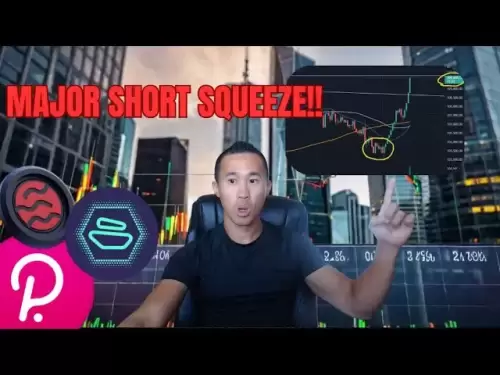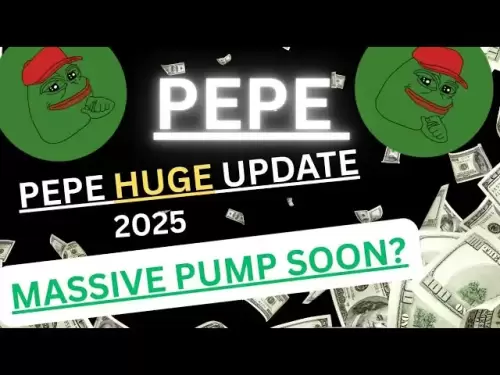-
 Bitcoin
Bitcoin $108,270.9768
2.07% -
 Ethereum
Ethereum $2,489.8066
2.50% -
 Tether USDt
Tether USDt $1.0004
0.01% -
 XRP
XRP $2.2035
0.66% -
 BNB
BNB $661.6608
2.32% -
 Solana
Solana $150.6425
2.13% -
 USDC
USDC $0.9999
-0.01% -
 TRON
TRON $0.2810
0.90% -
 Dogecoin
Dogecoin $0.1645
3.05% -
 Cardano
Cardano $0.5743
4.91% -
 Hyperliquid
Hyperliquid $38.8419
-0.15% -
 Bitcoin Cash
Bitcoin Cash $504.3134
-2.64% -
 Sui
Sui $2.8096
4.35% -
 Chainlink
Chainlink $13.3095
2.21% -
 UNUS SED LEO
UNUS SED LEO $8.9469
0.33% -
 Avalanche
Avalanche $17.9231
3.93% -
 Stellar
Stellar $0.2340
0.74% -
 Toncoin
Toncoin $2.8458
3.21% -
 Shiba Inu
Shiba Inu $0.0...01158
3.47% -
 Litecoin
Litecoin $86.0738
1.94% -
 Hedera
Hedera $0.1507
2.99% -
 Monero
Monero $319.8544
2.31% -
 Polkadot
Polkadot $3.4081
1.95% -
 Dai
Dai $1.0000
0.01% -
 Bitget Token
Bitget Token $4.5645
0.91% -
 Ethena USDe
Ethena USDe $1.0002
0.00% -
 Uniswap
Uniswap $7.2959
5.27% -
 Aave
Aave $272.4623
2.90% -
 Pepe
Pepe $0.0...09680
2.96% -
 Pi
Pi $0.4955
0.78%
How to short cryptocurrency on Binance?
Binance allows shorting crypto through margin trading, futures, and options, enabling traders to profit from price declines with various risk levels.
Jul 02, 2025 at 05:56 pm
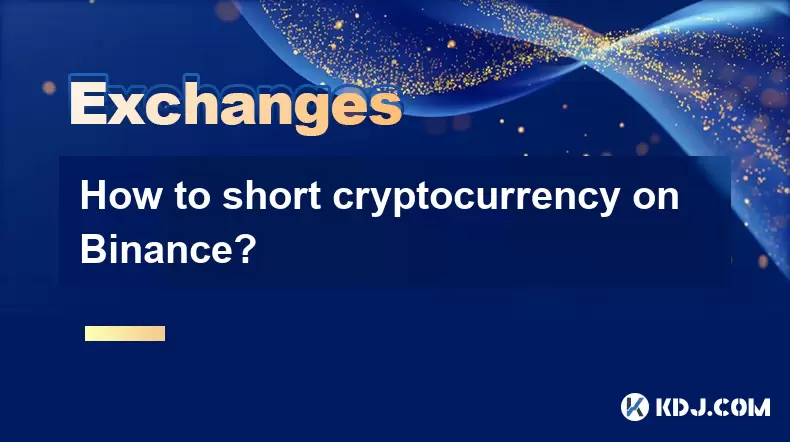
Understanding the Concept of Shorting Cryptocurrency
Shorting cryptocurrency refers to a trading strategy where an investor borrows an asset, sells it at the current market price, and aims to buy it back later at a lower price to return it, thereby profiting from the price decline. This method is commonly used in traditional markets but has gained popularity in the crypto space due to high volatility. Binance, one of the largest cryptocurrency exchanges globally, offers several tools that allow traders to short crypto effectively.
It’s essential to understand that shorting involves significant risk, especially in the unpredictable crypto market. Traders should have a solid understanding of market trends, leverage, and margin requirements before engaging in such trades.
Available Methods for Shorting on Binance
Binance provides multiple avenues for users to short cryptocurrencies. These include:
- Margin Trading: This allows users to borrow funds using their existing holdings as collateral. Traders can open leveraged positions and go short if they anticipate a price drop.
- Futures Contracts: Binance Futures enables users to trade perpetual and quarterly futures contracts. Going short here means betting on a future price decrease.
- Options Trading: Binance Options allows traders to bet on price movements without owning the underlying asset. Put options are particularly useful for bearish strategies.
- Third-party Products: Some third-party services integrate with Binance to offer synthetic short positions or inverse ETF-like tokens.
Each method comes with its own set of risks, fees, and required knowledge. Understanding which suits your strategy best is crucial before proceeding.
How to Short Using Binance Margin Trading
To short via margin trading on Binance, follow these steps carefully:
- Log into your Binance account and navigate to the Margin Trading section.
- Ensure you have sufficient assets in your spot wallet to act as collateral.
- Switch to the cross margin or isolated margin mode based on your preference.
- Select the trading pair you wish to short (e.g., BTC/USDT).
- Click borrow and choose the amount of the asset you want to borrow.
- Once borrowed, proceed to sell the asset at the current market price.
- Monitor the price closely. When it drops, buy back the asset at the lower price.
- Return the borrowed amount plus interest and keep the profit.
Interest rates and borrowing limits vary depending on the asset and market conditions. Always check these details before initiating a trade.
Executing a Short Position via Binance Futures
For more advanced traders, Binance Futures offers a powerful platform for shorting digital assets:
- Access the Binance Futures platform by clicking on the Futures tab in the top menu.
- Choose between perpetual or delivery contracts. Perpetual contracts are more common for speculative trading.
- Select the trading pair you want to short (e.g., ETH/USDT).
- Set your leverage level (e.g., 10x, 20x). Be cautious, as higher leverage increases both gains and losses.
- Switch to the short side by selecting the Sell button under the Order section.
- Choose your order type: limit, market, or stop-limit depending on your entry strategy.
- Confirm the position size and click Place Order.
- Monitor your liquidation price closely to avoid margin calls.
Risk management tools like stop-loss orders should be used to minimize potential losses when shorting through futures.
Using Put Options for Bearish Bets on Binance
If you prefer less exposure to liquidation risks, Binance Options might be the right tool for shorting:
- Navigate to the Binance Options section from the main trading interface.
- Choose a put option for the asset you believe will fall in value.
- Decide on the strike price and expiration date based on your analysis.
- Pay the premium to purchase the put option.
- If the asset’s price drops below the strike price before expiration, you can exercise the option and profit.
- If not, your maximum loss is limited to the premium paid.
Put options provide defined risk compared to margin and futures trading, making them suitable for conservative traders.
Frequently Asked Questions About Shorting on Binance
Q: Can I short crypto without using leverage?
Yes, you can short crypto using options or peer-to-peer lending platforms outside Binance. However, within Binance, shorting typically requires either margin, futures, or options — all of which involve some form of leverage or derivative contract.
Q: What happens if my short position gets liquidated?
In margin or futures trading, if the price moves against your short position beyond the maintenance margin level, Binance will automatically close your position to prevent further losses. This process is known as liquidation, and you may lose part or all of your collateral.
Q: Is shorting crypto legal on Binance?
Yes, shorting is permitted on Binance for eligible users who comply with local regulations. However, certain jurisdictions may restrict access to margin and futures trading features.
Q: How do funding fees work in Binance Futures short positions?
In perpetual futures contracts, funding fees are exchanged between long and short traders every 8 hours. If you're short and the funding rate is positive, you'll pay a fee; if negative, you'll receive it. These fees are relatively small but accumulate over time.
Disclaimer:info@kdj.com
The information provided is not trading advice. kdj.com does not assume any responsibility for any investments made based on the information provided in this article. Cryptocurrencies are highly volatile and it is highly recommended that you invest with caution after thorough research!
If you believe that the content used on this website infringes your copyright, please contact us immediately (info@kdj.com) and we will delete it promptly.
- XRP Price Targets $2.40 After Descending Channel Breakout: Is $40 Next?
- 2025-07-03 08:50:12
- All Blacks' Loose Forward Conundrum: New Faces and Familiar Battles
- 2025-07-03 08:30:12
- Bitcoin's Wild Ride: Open Interest, Institutional Bets, and Billions on the Line
- 2025-07-03 08:30:12
- Bitcoin, Strategy, & Profit: MSTR's Crypto Playbook and Trump's Digital Diversification
- 2025-07-03 08:50:12
- Bitcoin on the Brink: Active Supply Signals Potential Rally
- 2025-07-03 06:30:12
- Solana, XRP, SEI: Altcoin Titans and the Next Big Thing
- 2025-07-03 06:50:12
Related knowledge
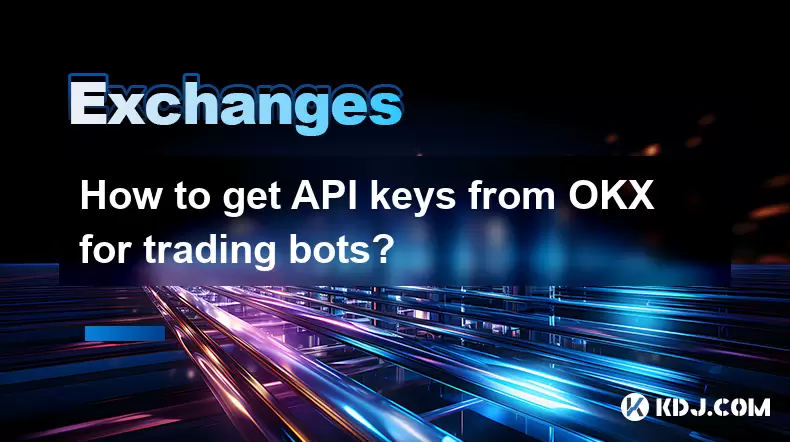
How to get API keys from OKX for trading bots?
Jul 03,2025 at 07:07am
Understanding API Keys on OKXTo interact with the OKX exchange programmatically, especially for building or running trading bots, you need to obtain an API key. An API (Application Programming Interface) key acts as a secure token that allows your bot to communicate with the exchange's servers. On OKX, these keys come with customizable permissions such ...
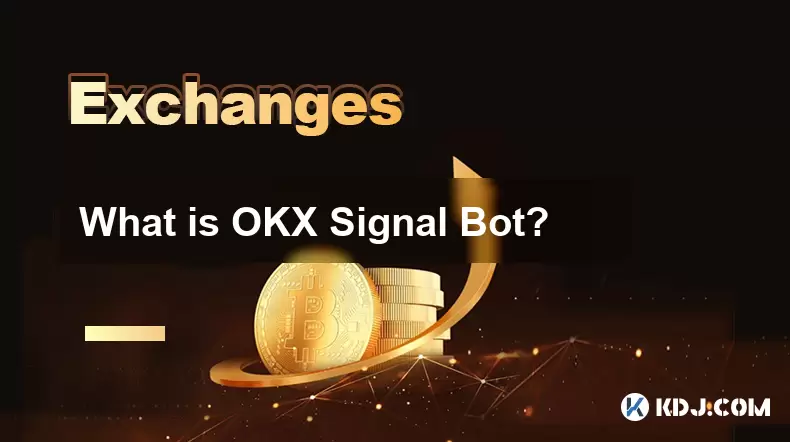
What is OKX Signal Bot?
Jul 02,2025 at 11:01pm
Understanding the Basics of OKX Signal BotThe OKX Signal Bot is a feature within the OKX ecosystem that provides users with automated trading signals and execution capabilities. Designed for both novice and experienced traders, this bot helps identify potential trading opportunities by analyzing market trends, technical indicators, and historical data. ...
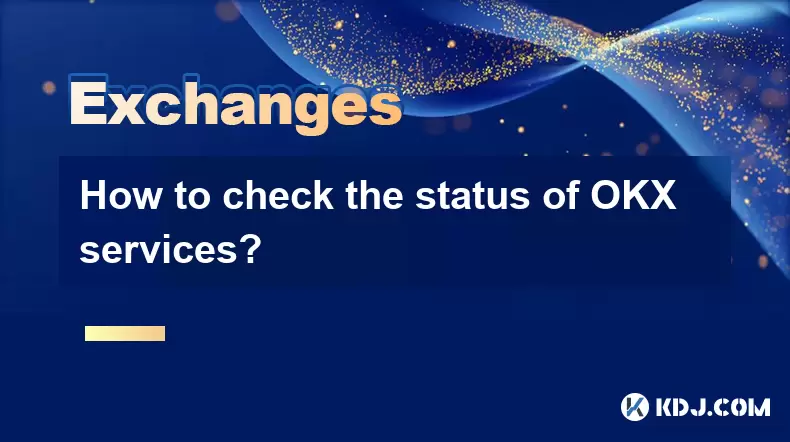
How to check the status of OKX services?
Jul 02,2025 at 11:14pm
What is OKX, and Why Checking Service Status Matters?OKX is one of the world’s leading cryptocurrency exchanges, offering services such as spot trading, futures trading, staking, and more. With millions of users relying on its platform for daily transactions, it's crucial to know how to check the status of OKX services. Downtime or maintenance can affec...
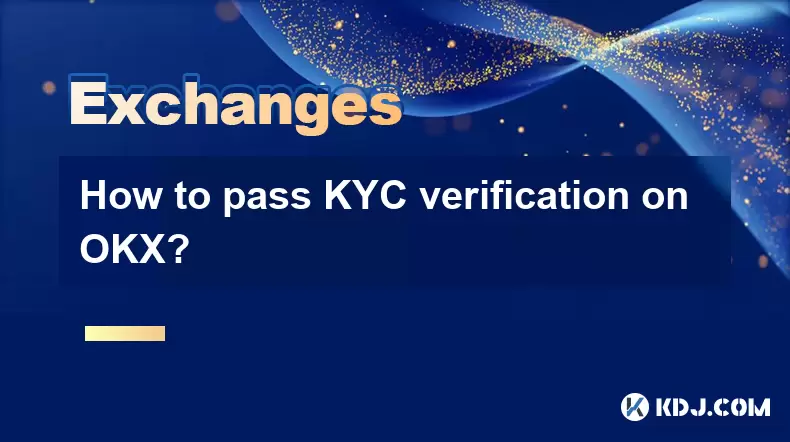
How to pass KYC verification on OKX?
Jul 03,2025 at 01:35am
What Is KYC Verification on OKX?KYC (Know Your Customer) verification is a mandatory process implemented by cryptocurrency exchanges to comply with global financial regulations. On OKX, this procedure ensures that users are who they claim to be, helping prevent fraud, money laundering, and other illicit activities. The KYC process typically involves sub...
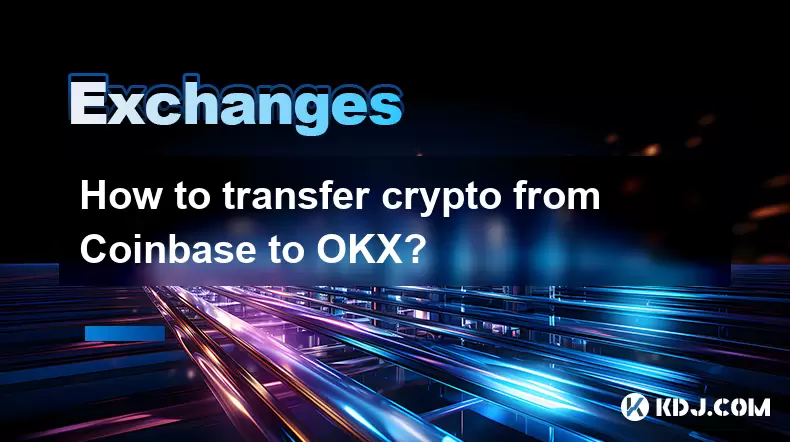
How to transfer crypto from Coinbase to OKX?
Jul 03,2025 at 07:56am
What You Need Before Transferring Crypto from Coinbase to OKXBefore initiating any cryptocurrency transfer, it is crucial to ensure that you have all the necessary preparations in place. Verify your account on both Coinbase and OKX — this includes completing identity verification and setting up two-factor authentication (2FA) for security. Additionally,...
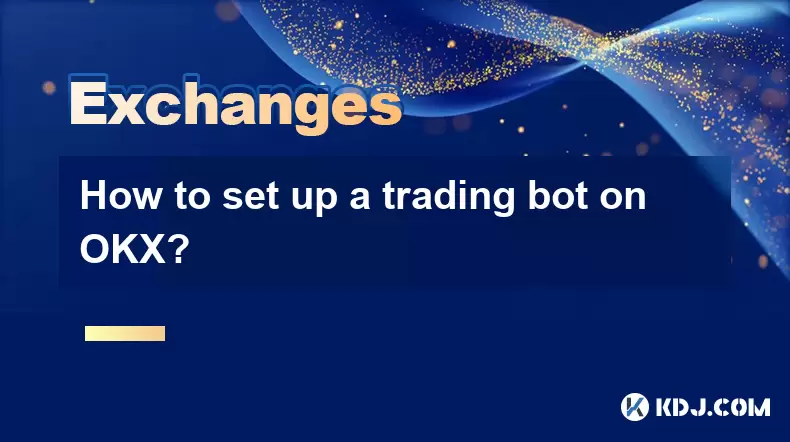
How to set up a trading bot on OKX?
Jul 02,2025 at 09:28pm
Understanding Ethereum Gas Fees: What Are They?Ethereum gas fees are the costs users pay to perform transactions or execute smart contracts on the Ethereum blockchain. These fees are measured in gwei, a denomination of ETH, and are used to compensate miners for the computational resources they expend to validate and process transactions. Every operation...

How to get API keys from OKX for trading bots?
Jul 03,2025 at 07:07am
Understanding API Keys on OKXTo interact with the OKX exchange programmatically, especially for building or running trading bots, you need to obtain an API key. An API (Application Programming Interface) key acts as a secure token that allows your bot to communicate with the exchange's servers. On OKX, these keys come with customizable permissions such ...

What is OKX Signal Bot?
Jul 02,2025 at 11:01pm
Understanding the Basics of OKX Signal BotThe OKX Signal Bot is a feature within the OKX ecosystem that provides users with automated trading signals and execution capabilities. Designed for both novice and experienced traders, this bot helps identify potential trading opportunities by analyzing market trends, technical indicators, and historical data. ...

How to check the status of OKX services?
Jul 02,2025 at 11:14pm
What is OKX, and Why Checking Service Status Matters?OKX is one of the world’s leading cryptocurrency exchanges, offering services such as spot trading, futures trading, staking, and more. With millions of users relying on its platform for daily transactions, it's crucial to know how to check the status of OKX services. Downtime or maintenance can affec...

How to pass KYC verification on OKX?
Jul 03,2025 at 01:35am
What Is KYC Verification on OKX?KYC (Know Your Customer) verification is a mandatory process implemented by cryptocurrency exchanges to comply with global financial regulations. On OKX, this procedure ensures that users are who they claim to be, helping prevent fraud, money laundering, and other illicit activities. The KYC process typically involves sub...

How to transfer crypto from Coinbase to OKX?
Jul 03,2025 at 07:56am
What You Need Before Transferring Crypto from Coinbase to OKXBefore initiating any cryptocurrency transfer, it is crucial to ensure that you have all the necessary preparations in place. Verify your account on both Coinbase and OKX — this includes completing identity verification and setting up two-factor authentication (2FA) for security. Additionally,...

How to set up a trading bot on OKX?
Jul 02,2025 at 09:28pm
Understanding Ethereum Gas Fees: What Are They?Ethereum gas fees are the costs users pay to perform transactions or execute smart contracts on the Ethereum blockchain. These fees are measured in gwei, a denomination of ETH, and are used to compensate miners for the computational resources they expend to validate and process transactions. Every operation...
See all articles





















